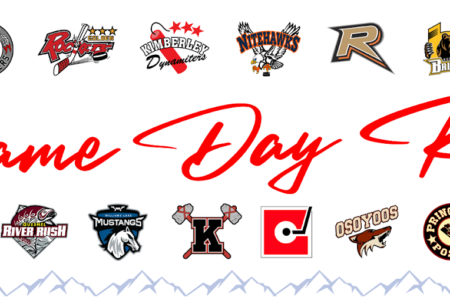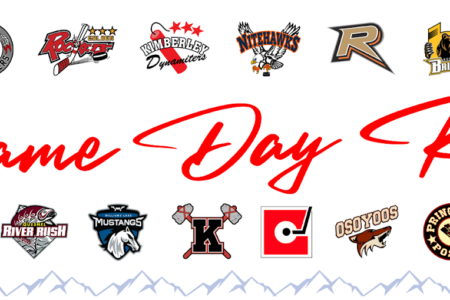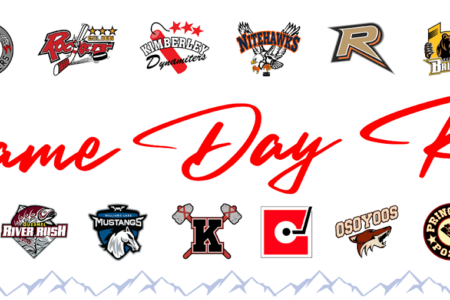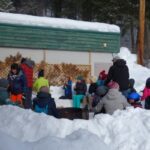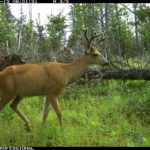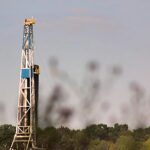Pineapple Express brings considerable avalanche danger
Avalanche risk is considerable at the alpine and tree-line level in the West Kootenay backcountry, according to the Canadian Avalanche Centre.
Heavy snow falling is expected to overload buried weak interfaces in the snow pack in the backcountry, even in sheltered locations, according to James Floyer of the CAC.
Up to 40 centimetres of new snow has fallen in the last 24 hours, but a freezing rain crust was laid down late in the storm as the snow turned to rain and lies on or near the surface.
“Approximately 50-60 cm. of storm snow now sits on a buried surface hoar layer that I suspect exists in the alpine in shaded areas, at tree line and below tree line,” he wrote in his report.
On southern aspects, this snow lies on an unsupportive sun crust, he said. Around 140 cm. of snow exists at tree line elevations. There are some reports of facets on the rain crust near the ground.
Special message
The region is still under the influence of a classic “Pineapple Express.” Very dangerous avalanche conditions will develop and persist throughout this storm
Weather forecast
Wednesday: A weak ridge of high pressure builds bringing dry conditions and cooler temperatures.
Thursday: Expect light precipitation and light southwesterly winds.
Avalanche activity
Recent reports include naturally occurring wind slab avalanches large enough to bury a person and up to 40 cm. deep in open tree line and low alpine terrain.
Wind slabs and storm snow weaknesses are susceptible to human triggers with reports of small slope-cuts, “whumpfing,” and shooting cracks.
Areas to avoid
Slide paths with alpine or treeline start zones during heavy or prolonged periods of snowfall and large wind loaded north aspect slopes.
Areas of concern
Wind-loaded slopes in alpine and open tree line areas and slopes exposed to terrain traps.
Techniques to manage risk
Watch for obvious signs of instability such as recent avalanches, whumpfs, shooting cracks or hollow sounding patches of wind slab. Back off onto simple terrain if you observe any of these.
Stay well back from large avalanche paths. Regroup only in safe areas well away from avalanche runout zones such as in stands of dense mature forest. Enter your line low or avoid the steepest top part of the slope using ridges and ribs to get below the pillows at the top.



